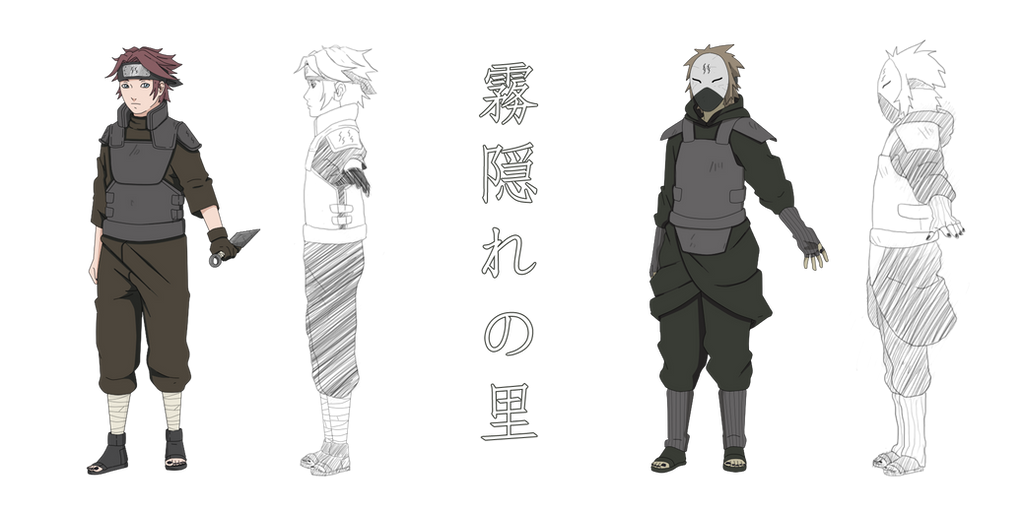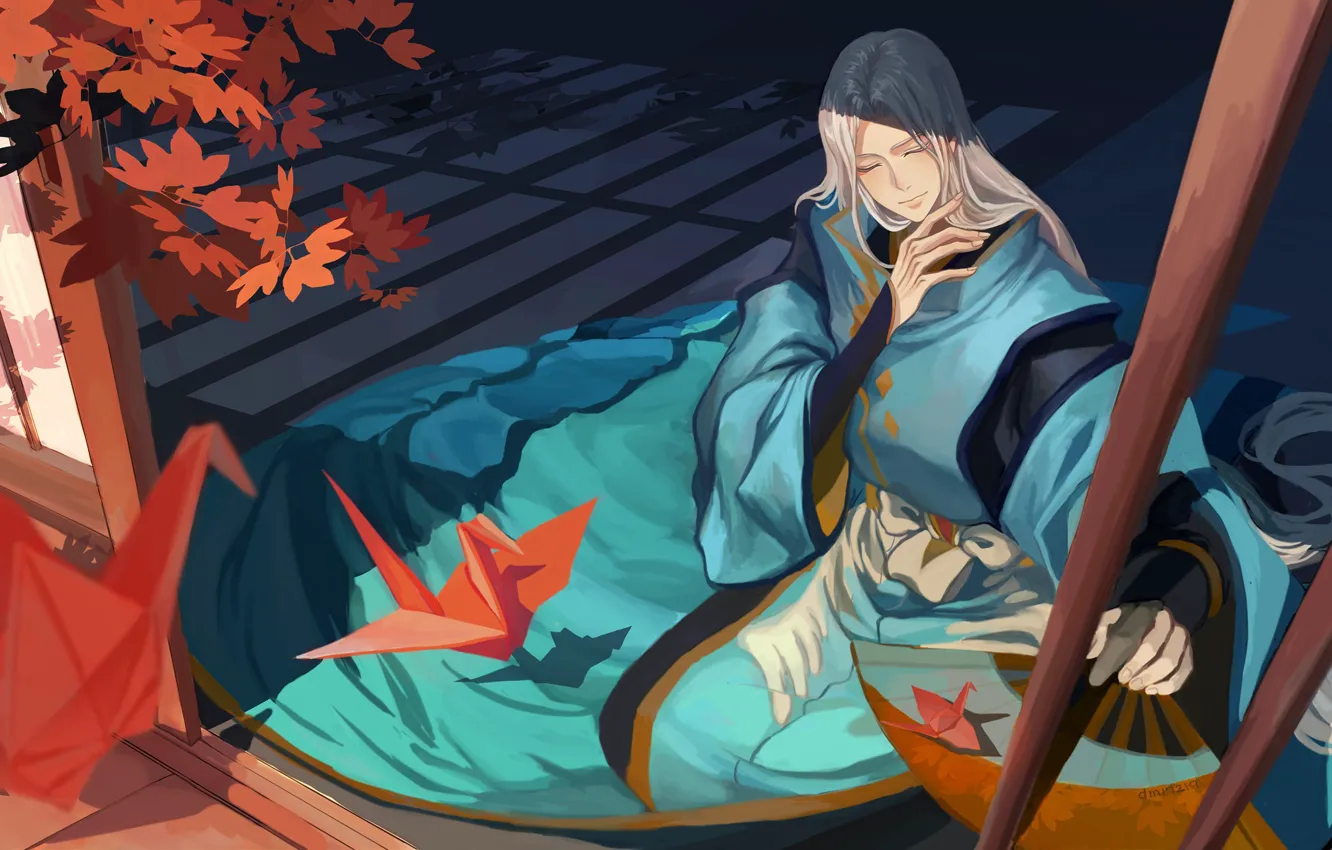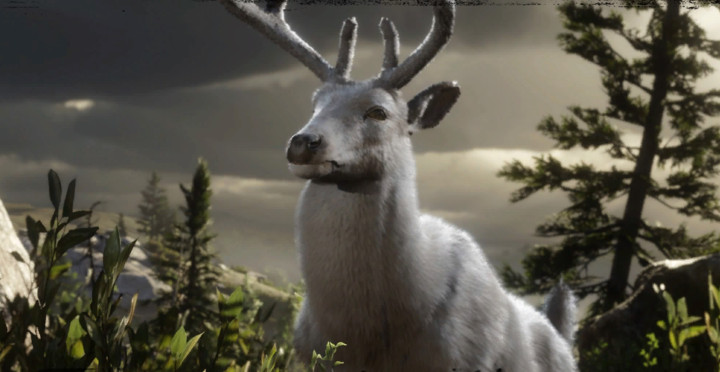Mizu no Kuni LoreOct 2, 2021 10:28:56 GMT -5
Kaguya Toru
"Live or die, just do it well.
groupMist Shinobi
age 16 years old
birthday August 5, 1007
rank Elite Jounin
occupation Mizukage
Mizu no kuni -
Lore: academy
"A look at traditions, festivals and legends"
Basic Information
Mizu no Kuni or rather Kirigakure no Sato is the mecca of shinobi training in the entire country. Individuals travel far and wide just to get to the so-called training academy, whilst others have known that they will attend their entire lives. Kirigakure has always been known for its strict curriculum, but with the Hachidaime Mizukage's development, the curriculum has become more advanced and teaches children over the span of four years. Some choosing to enter early, other's a little later. Though the standard age(s) is about 7 to 8 years old, as graduation is often considered or recommended by the home-room sensei four years after induction at about 11 or 12 years old since this is when most children are considered mature and capable enough of becoming the rank of genin. Below is Kirigakure's curriculum, as well as requirements for entry into the academy, and graduation from the academy. NOTE: The pictures are not exact visual representations here just examples. Kirigakure Academy Students can undergo mission simulations as part of their training: Click Me! admission requirements To be allowed to attend the opening ceremony for the very first time, one must show that they are capable of undergoing the academy's brutal curriculum that tests the body and mind. Overall there are three mandatory requirements, although a fourth is also tested to gauge the student's future prospects.
- Unwavering loyalty and dedication to the village and country.
- An unyielding mind, one that is capable of undergoing difficult training.
- Healthy body.
- Chakra usage. Failing this does not kick you out of being able to attend.
curriculum 
Classes start at 0600 and end at 1330, with a short lunch break in the middle. Though there is no official cafeteria in the school - and most students opt to bring their own food - there is a small area on the second floor that provides some nutrition to the students who do not have the ability to bring something from home.
FIRST YEAR
- Introduction to Chakra Theory & Ninjutsu (students are not taught jutsu, but rather how chakra works, and the types of ninjutsu there are)
- Introduction to Genjutsu (basic understanding, students are not taught genjutsu but how to determine one)
- Introduction to Taijutsu (taijutsu theory is taught, special techniques that exist, and students are taught basic forms, punching and kicking effectively)
- Introduction to The Art of War (students begin to learn about infiltration, stealth, tactics, strategy, and basic shinobi rules)
- Introduction Bukijutsu (starting with basic weapon handling and maintenance)
- History (Kirigakure no Sato history in depth)
- General Education (on rotation the following subjects are taught: reading, writing, mathematics, science, geography, medical, handwriting, PE, art, instrumental music, leadership)
SECOND YEAR
- Chakra Theory & Ninjutsu (students begin to cultivate and work on their own chakra pools or on their chakra control. Jutsu in theory begins to be taught as a toe dip for experience)
- Genjutsu (students are taught more advanced understanding of genjutsu, how to identify one and will often begin working on learning how to release themselves from one)
- Taijutsu (the anatomy of the body begins to be taught, students are now made to spar with each other)
- The Art of War (students continue to learn about infiltration, stealth, tactics, strategy, and more detailed shinobi rules)
- Bukijutsu (kenjutsu is introduced, basic kata's are taught, weapon throwing and target seeking begins to be focused on)
- History (Mizu no Kuni's history in depth)
- General Education (on rotation the following subjects are taught: reading, writing, mathematics, science, geography, medical, handwriting, PE, art, instrumental music, leadership)
Kunoichi are also required to start taking an extra curricular class in the second year focused around specific kunoichi only lessons: flower arranging, dance, learn about other cultures.
THIRD YEAR
- Advanced Chakra Theory & Ninjutsu (elemental jutsu theory is introduced, and students are now required to learn at least three of the basic academy techniques by the end of the year)
- Advanced Genjutsu (students are heavily pushed to learn to cancel out of genjutsu, the class now becomes more specific about types of genjutsu)
- Advanced Taijutsu (sparring intensifies, students are encouraged to injure each other in these spars, classroom is almost entirely abandoned for physical strengthening)
- Advanced Art of War (students continue to learn about infiltration, stealth, tactics, strategy, and advanced details about shinobi rules)
- Advanced Bukijutsu (trajectory mathematics are taught and tested, kenjutsu is now more heavily focused on in the latter half of the year)
- Advanced History (Ally history)
- Advanced General Education (on rotation the following subjects are taught: reading, writing, mathematics, science, geography, medical, handwriting, PE, art, instrumental music, leadership)
- Survival Basics (students are taught how to start fires, collect drinkable water, keep off cold and heat in different situations)
Extracurriculars are offered significantly to third year students, encouraging them to start thinking about specialization:
Fuuinjutsu
Kenjutsu (Highly Advanced)
Stealth
Medical
FOURTH YEAR
- Final Military Prep Chakra Theory & Ninjutsu (students must show a mastery over the five basic shinobi techniques before the end of the year)
- Final Military Prep Genjutsu (students must show an ability to inflict harm on themselves to cancel out of genjutsu)
- Final Military Prep Taijutsu (students must show an aptitude for sparring, and must be able to win at least two spars during examination days)
- Final Military Prep Art of War (students participate in 'mock' war throughout the year where they are given rules and during the classes time must perform real life simulations of infiltration, declaration of war, and different tactics of warfare)
- Final Military Prep Bukijutsu (students are tested on their ability to throw weapons accurately, and must show a series of kenjutsu kata's effectively)
- Final Military Prep History (World history)
- Final Military Prep General Education (on rotation the following subjects are taught: reading, writing, mathematics, science, geography, medical, handwriting, PE, art, instrumental music, leadership)
- Survival Simulations (students are put into real world simulations once a month where they need to implement all learned survival tactics to pass)
Extracurriculars are required to be taken by fourth years, particularly to students who show a desire or aptitude in stealth or kenjutsu. Students are pushed to specialize at this point as the extra curriculars also enter 'final military prep' stages:
Fuuinjutsu
Kenjutsu (Highly Advanced)
Stealth
Medical
graduation 
Once a student has shown that they are capable of performing all five ninjutsu techniques, and are well versed in all academy topics, they will be required to partake in a brutal Kirigakure no Sato style examination. Taken to an island south of the mainland - Sekana Me - they are dropped there and must survive for a total of 24 hours from noon to noon. They will be thoroughly tested in this time in all of their learned skills. The purpose of this test is to be sure that the academy students are capable of killing before they even become genin. Unlike students in other countries who may not have made their first kill yet, students in Kirigakure no Sato are made sure to be capable of it beforehand.
The students will know nothing about the examination, despite the fact that there are many rumors of what occurs most graduated students will not speak of what they experienced in order to help continue the tradition.
All students partaking in the examination must be recommended or ask for a recommendation from their home room sensei. All students are required to make their first kill on the island, die trying, or be sent back to the academy for further instruction. |
|
last edit by Han on Mar 8, 2024 12:08:14 GMT -5
Han
has written 2,374 posts
|






























































